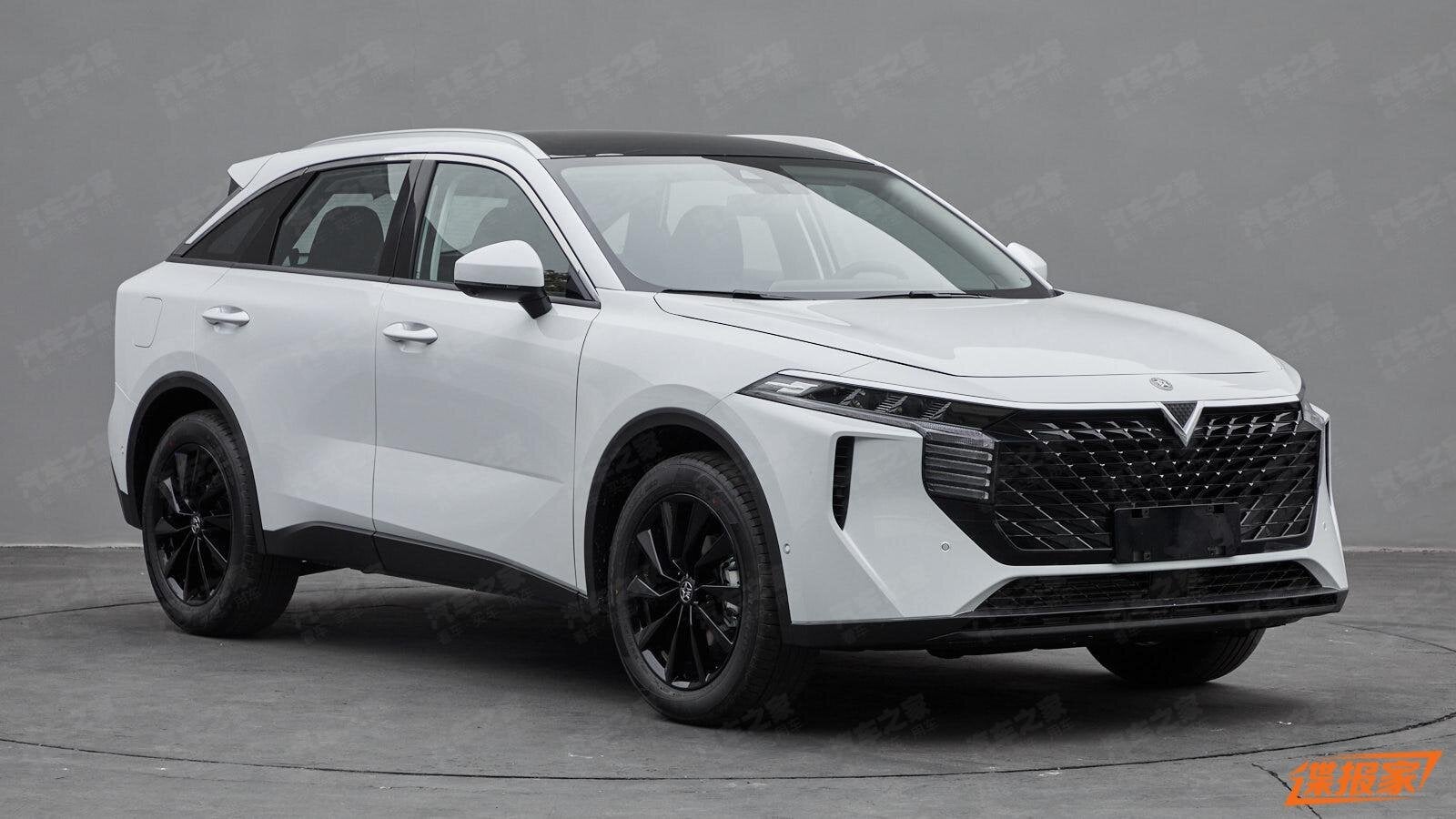
All through the 2010s, things were exceedingly good for Venucia, a joint venture division created by Nissan and Dongfeng Motor. Then in December 2020, it was folded into Dongfeng Nissan Motor Limited (DFL) as a newly separate division. The partners stated they would evolve the brand with more of an emphasis on EVs.
Sales shot up right from the launch in 2012 then kept rising year after year. The cars had much appeal due to low pricing, a lot of that thanks to the use of old Nissan platforms and powertrains, plus low wage rates in the PRC.
The current line-up is small, the cost of building them has risen and consumers will no longer accept old-tech vehicles unless they are spectacularly inexpensive. So what is Nissan to do, particularly when it must be wary of upsetting Dongfeng?
Sales – far from strong
As at the end of the first quarter, wholesale deliveries weren’t anything special, numbering 13,277 units, with the total for 2020 being 77,268, a 34% year on year plunge. As recently as 2018, the equivalent number had been 118,609.
There hasn’t been a Venucia vehicle launch since 2019 although at least one is meant to be coming in 2021.

US Tariffs are shifting - will you react or anticipate?
Don’t let policy changes catch you off guard. Stay proactive with real-time data and expert analysis.
By GlobalDataNew model coming soon?
It’s been just over three years since DFL revealed the division’s most recent concept, that being the Venucia X. This was supposed to point the way towards how future models could look.
A smaller (4,562 mm long ) SUV inspired by some of the design cues of the 2018 concept is due out later in 2021. The standard engine will reportedly be a 1.5-litre four-cylinder turbo.
Where once Venucia would have been given an old architecture, the ‘V-Online’ will use the Alliance’s latest C/D platform. That also means the potential for e-Power electrification, which means motor drive with a range-extending petrol engine acting as a generator.
DFL is also due to enter a segment for vehicles way smaller than the D-SUV class. This should be with a car that revives the e30 name.
A second generation of this model was displayed in prototype form at the Shanghai motor show two years ago and production was strongly hinted at.
A new e30 would share much with the Renault City K-ZE (exported to Europe as the Dacia Spring EV). These small crossovers are electric versions of the Renault Kwid. The first generation e30, which was not terribly successful, was larger, being based on the original Nissan Leaf.
As the Kwid has been around since 2015, the e30, plus another variant, the Dongfeng Fengshen EX1, as well as the City K-EV will likely have short life cycles. The second generation of the Renault will probably be launched first with the China-made models to follow.
The D60, including a D60 EV electric variant, is easily the best selling Venucia. This 4,764 mm long sedan uses the Nissan Sylphy as its basis.
A new D60 is due in 2024. The follow-up will use the Alliance CMF C/D architecture.
For details of other Venucia models, such as the Xing/Star, T60 and T90, see the link to PLDB below.
Reports for many other manufacturers’ future models are grouped in the OEM product strategy summaries section of Just Auto.
Future platform intelligence
More detail on past, current and forthcoming models can be found in PLDB, the future vehicles database which is part of GlobalData’s Automotive Intelligence Center.
This is the penultimate feature in a series of seven examining the future models of Group Renault- and Nissan Motor-owned brands. The first looked at what’s coming for Renault and Samsung. This was followed by Alpine, Mitsubishi and Infiniti. The series will end with a look at Nissan between now and the early 2030s.



